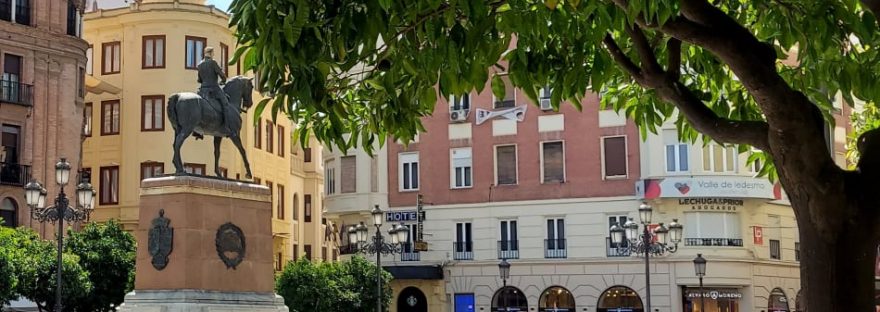In the vicinity of the ancient Roman forum of the Spanish city of Cordoba is located the Tendillas Square (“Plaza de las Tendillas”), a place for strolling, meetings, celebrations, shopping artcrafts and Christmas ornaments market, among many other activities. Nowadays, it is the center where the commercial life of the capital of Cordoba is developed and organized, serving as a connector of the main commercial avenues.
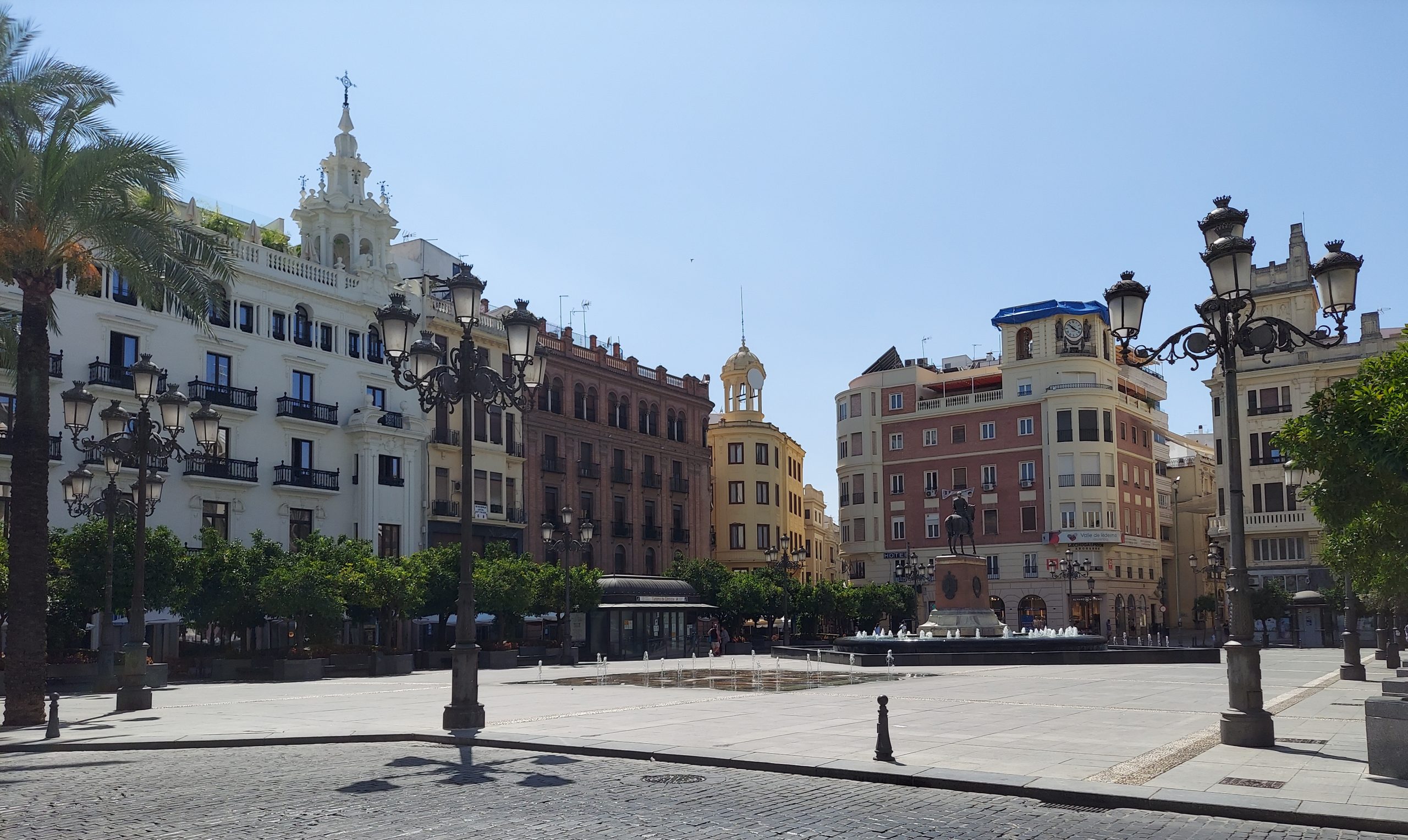
The history of the Plaza de las Tendillas dates back to the 14th century, when the houses of the commanders of the Order of Calatrava, who helped in the Conquest of Cordoba, were located here and were rewarded with this space. Small stores were opened, and hence the name of Tendillas (small shops) de Calatrava, name which remains to this day. By the year 1860, the Calatrava houses were demolished for the construction of the Hotel Suizo. Sixty years later, in 1923, the Hotel Suizo, owned by the Swiss Puzzini brothers, was demolished as part of the expansion of the square. Once the hotel was demolished, a large area of land was left to which, little by little, buildings were added, most of which are still preserved.
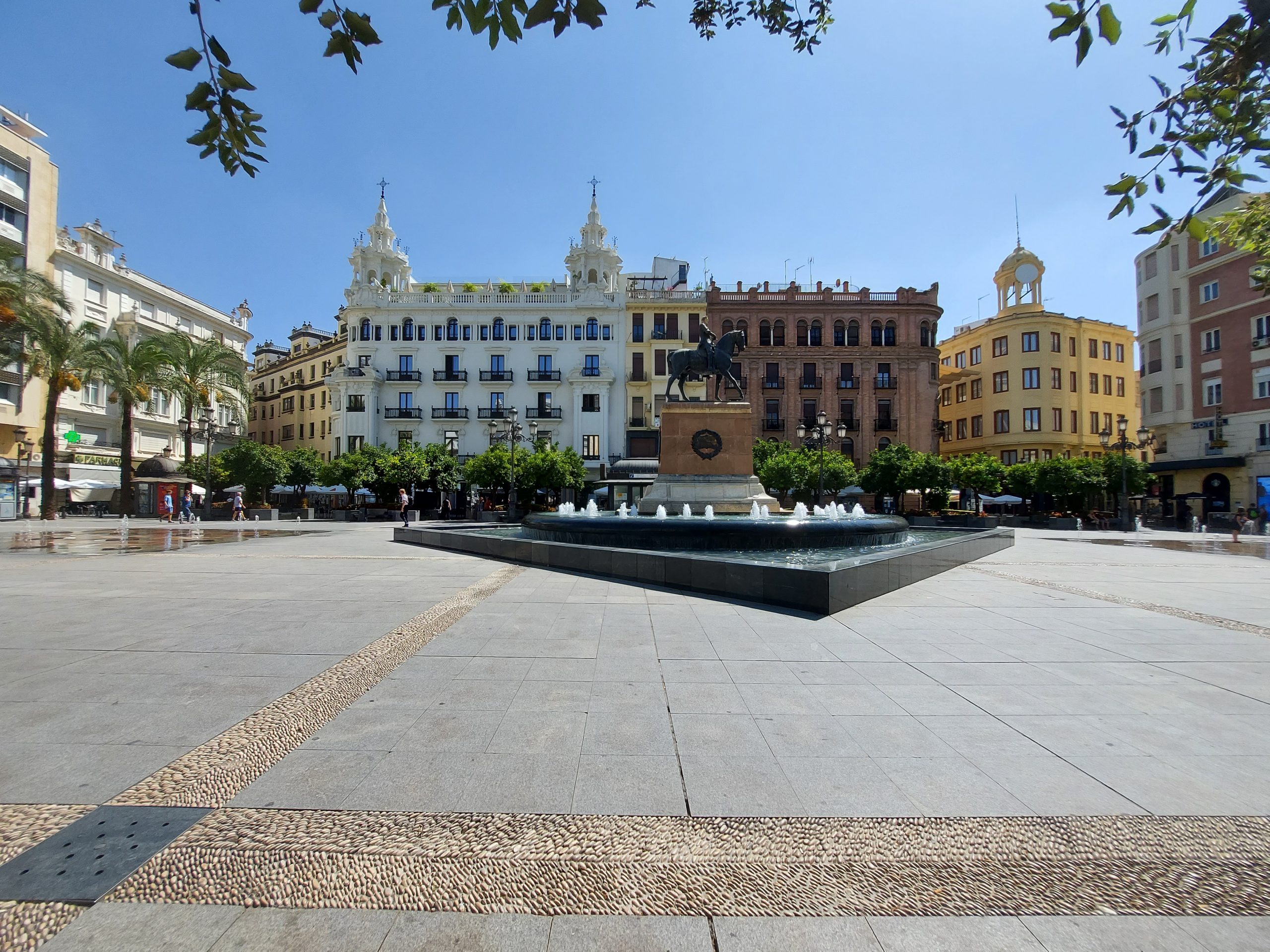
The project for the new Plaza de las Tendillas was presented on July 24, 1925 by Mayor José Cruz Conde, with design and plans by the Barcelona architect Félix Hernández. Among the buildings that surround the square are: La Unión and the Fénix Español, former insurance and telephone companies which, located on the north side of the square, were created by architects Benjamín Gutiérrez Prieto and Ramón Aníbal Álvarez respectively in the years 1926 and 1927.
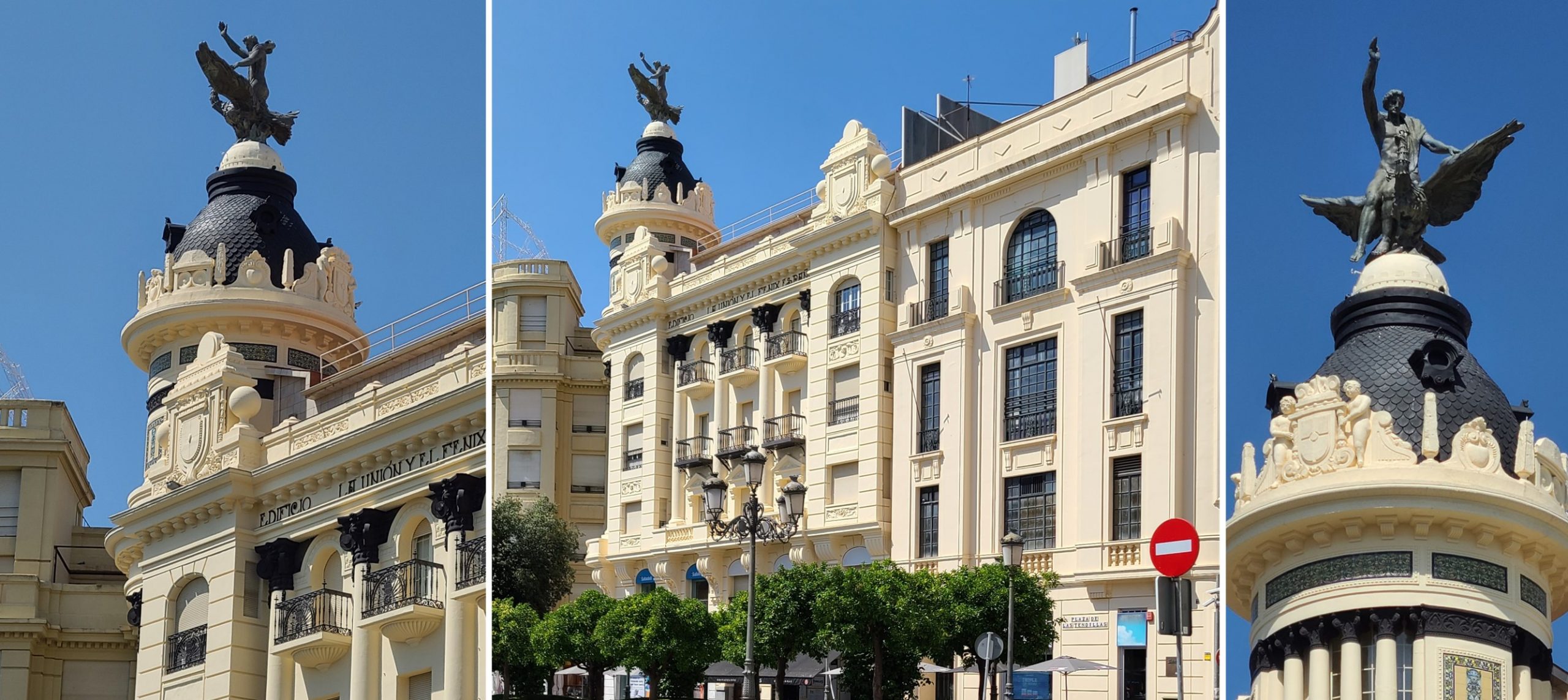
Regarding the old insurance company La Unión y el Fénix Español, a interesting fact is that during the Spanish Civil War it housed one of the sirens that warned the population of potential bomb raids. The building is divided into three five-story sections. It is highlighted by a triple-height window located on the corner, framed by columns that support a circular top crowned by the Phoenix with a human figure on it, symbol of the company.
As for the “Telefónica” structure, it was built to house the automatic switchboard that was inaugurated in 1928. It was a former telephone exchange, as well as a public telephone booth and is currently a “Telefonica” store.
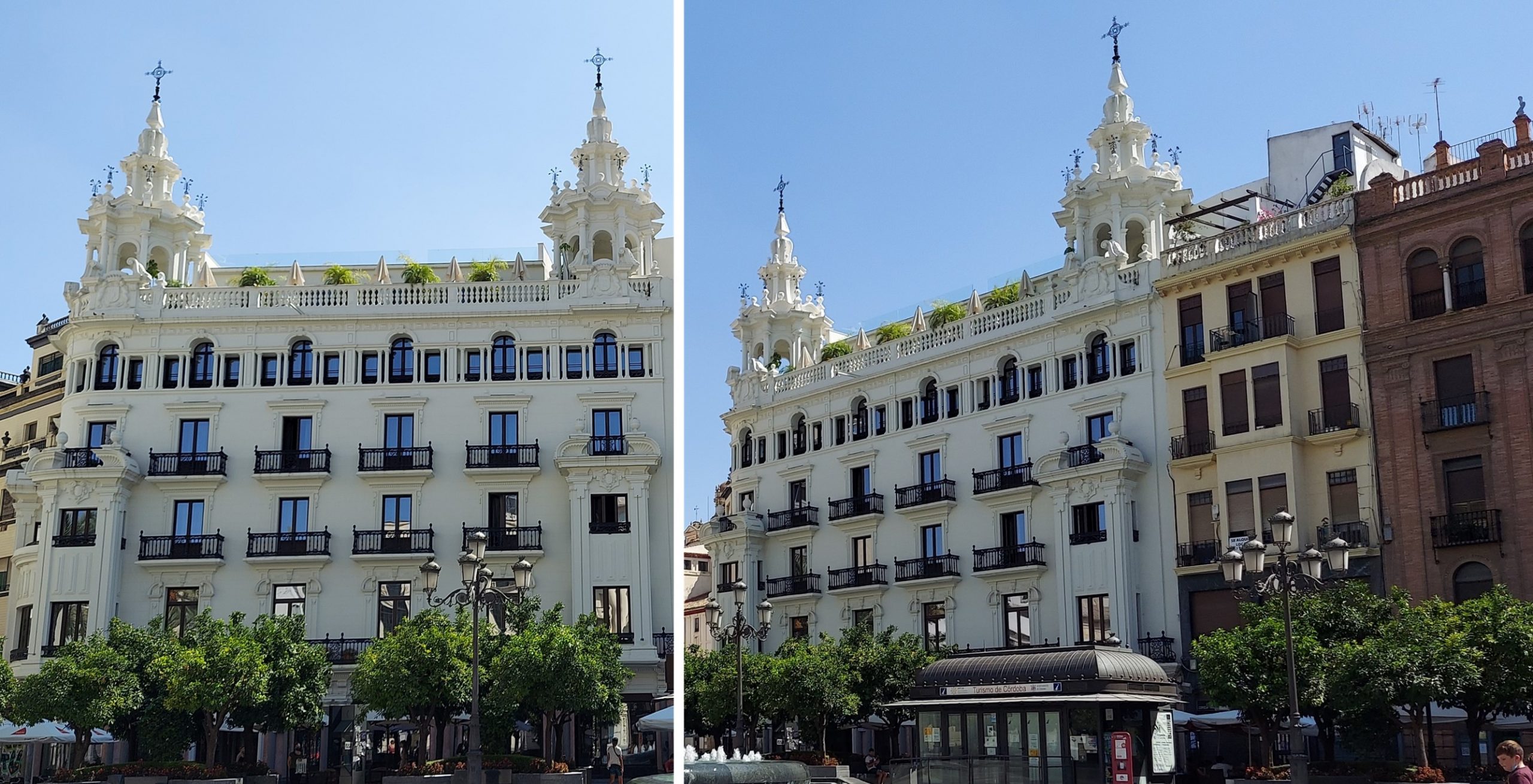
Another building of great character located in the Plaza de las Tendillas is the Colomera Palace. The work was carried out by the architect Félix Hernández Giménez in 1928 for the Counts of Colomera. Since 2019 it is a four-star hotel, having as its mission to recover the palatial atmosphere of the old building.
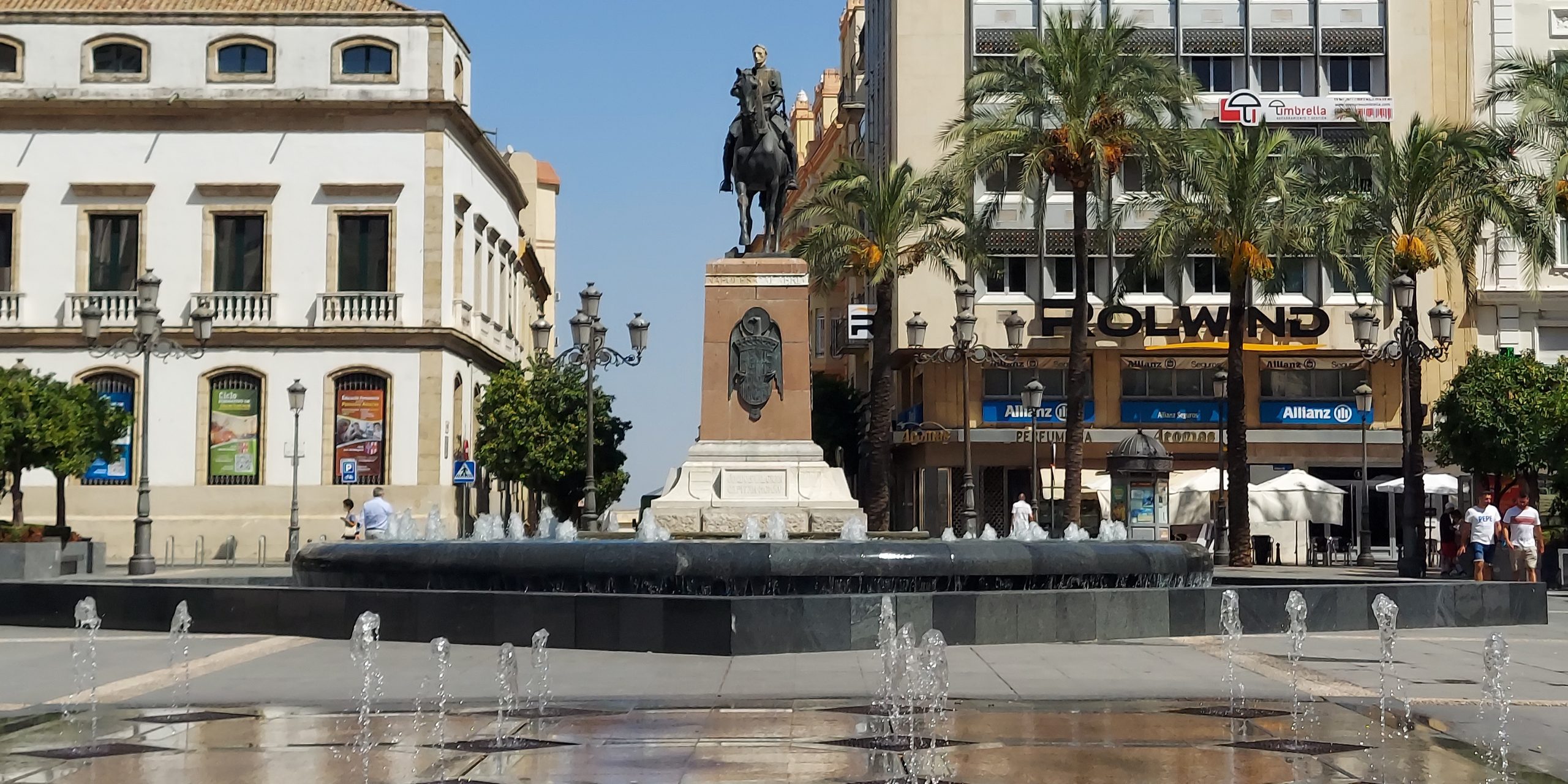
The protagonist of the Plaza de las Tendillas is undoubtedly the Monument to the Great Captain. The work was made by the Cordovan Mateo Inurria in 1923, although it was moved to its current location in 1927. It is an equestrian sculpture in bronze, except for the head, which was carved in white marble. The sculptor Inurria, apparently, worked it in white marble to give it contrast and a more genuine expression.
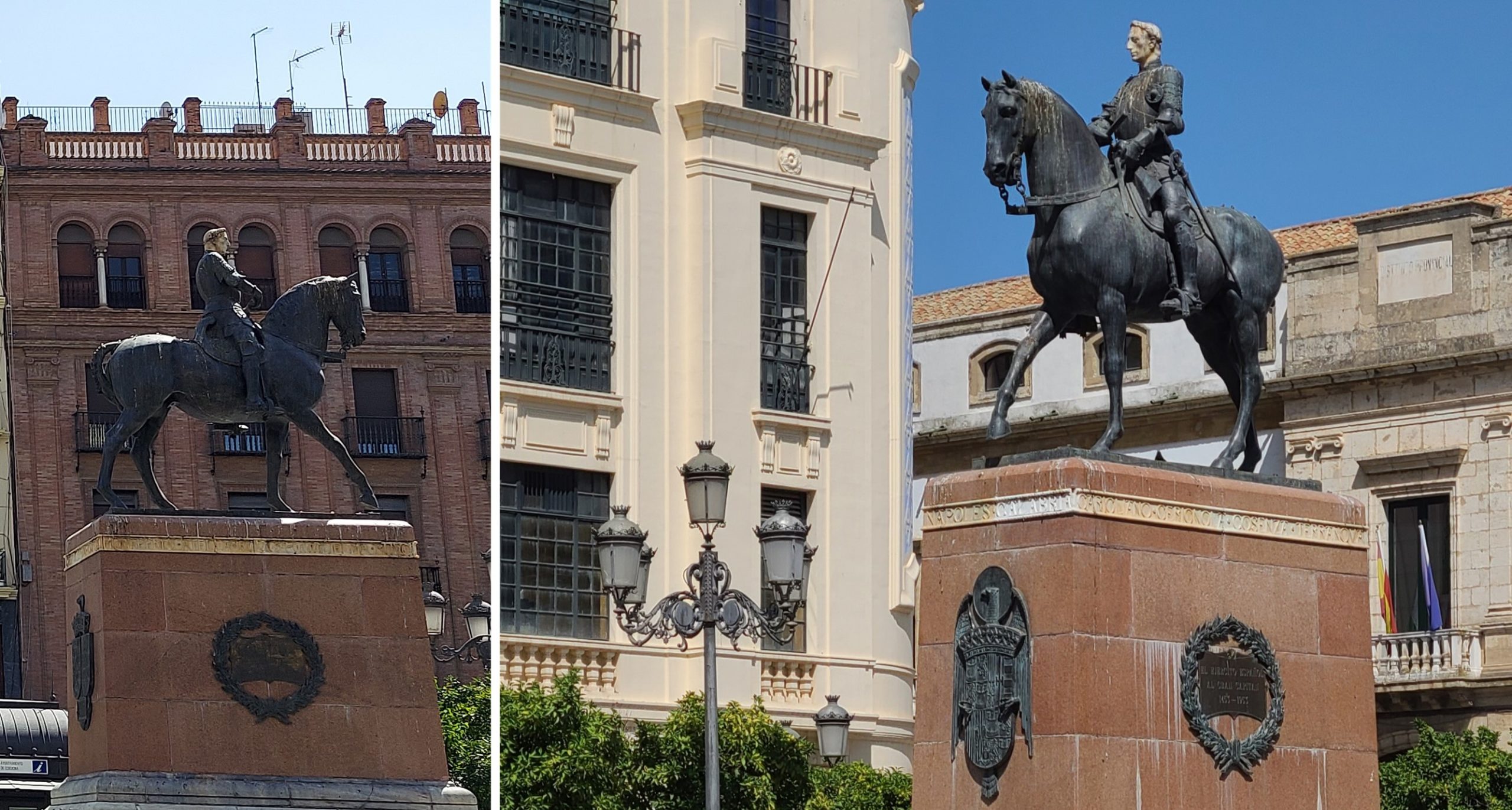
The Great Captain, Gonzalo Fernández de Córdoba, was born in Córdoba on September 1, 1433 and died in Granada on December 2, 1515. He was called “El Gran Capitan” for being a military genius in the war against the Kingdom of Granada and the wars in Italy under the orders of the Catholic Monarchs.
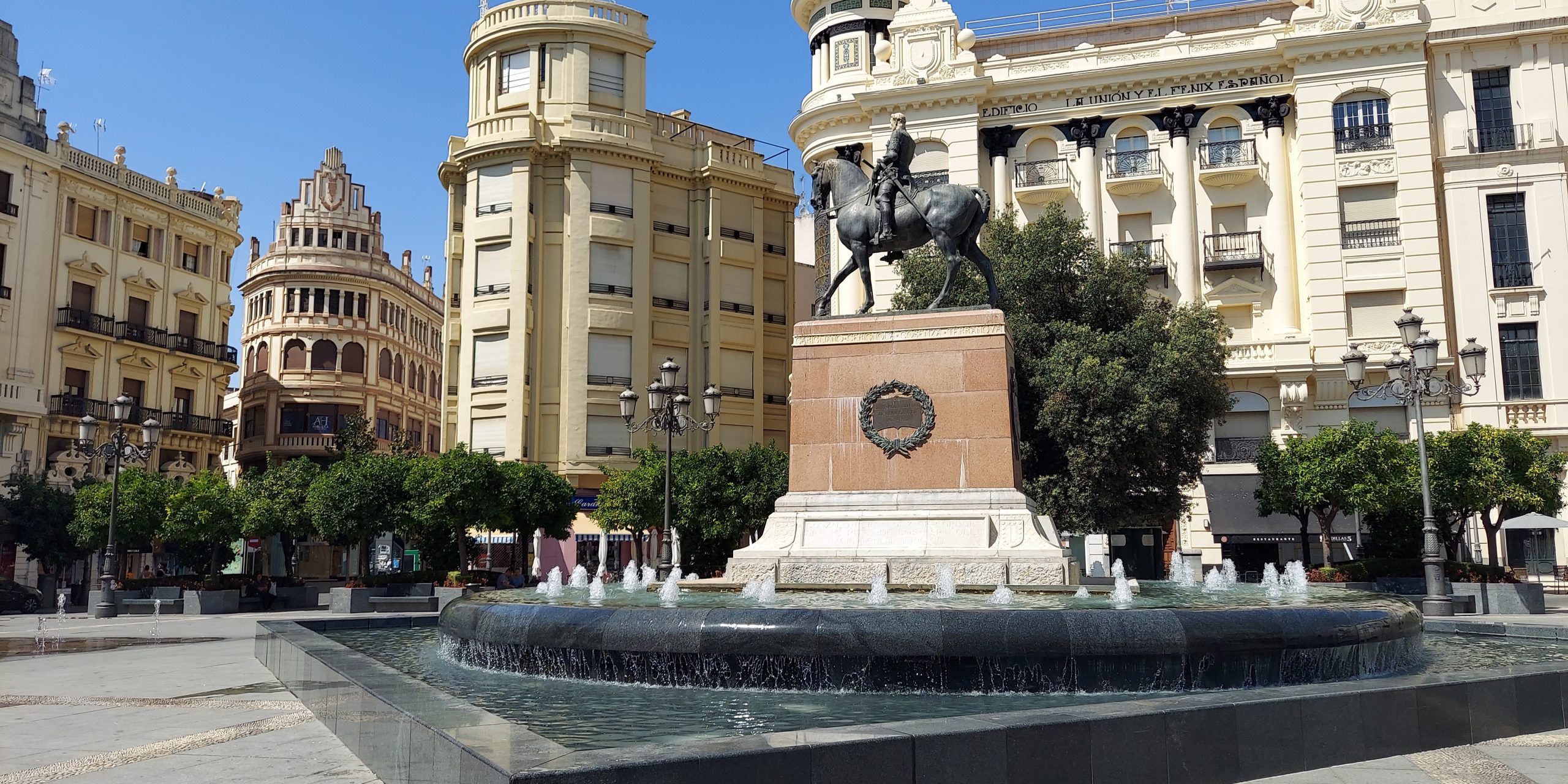
Although it may be nothing more than a legend, it is said that King Ferdinand the Catholic asked Don Gonzalo to account for what he had spent in money from his kingdom, which was interpreted as an insult by Don Gonzalo. There are several versions to his response with the most common being:
“For picks, shovels and hoes, one hundred million ducats; For alms for friars and nuns to pray for the Spaniards, one hundred and fifty thousand ducats; For perfumed gloves so that the soldiers would not smell the stench of battle, two hundred million ducats; For replacing the damaged bells because of the continuous ringing of victory, one hundred and seventy thousand ducats; And, finally, for the patience of having to descend to these trifles of the king to whom I have given a kingdom, one hundred million ducats”.
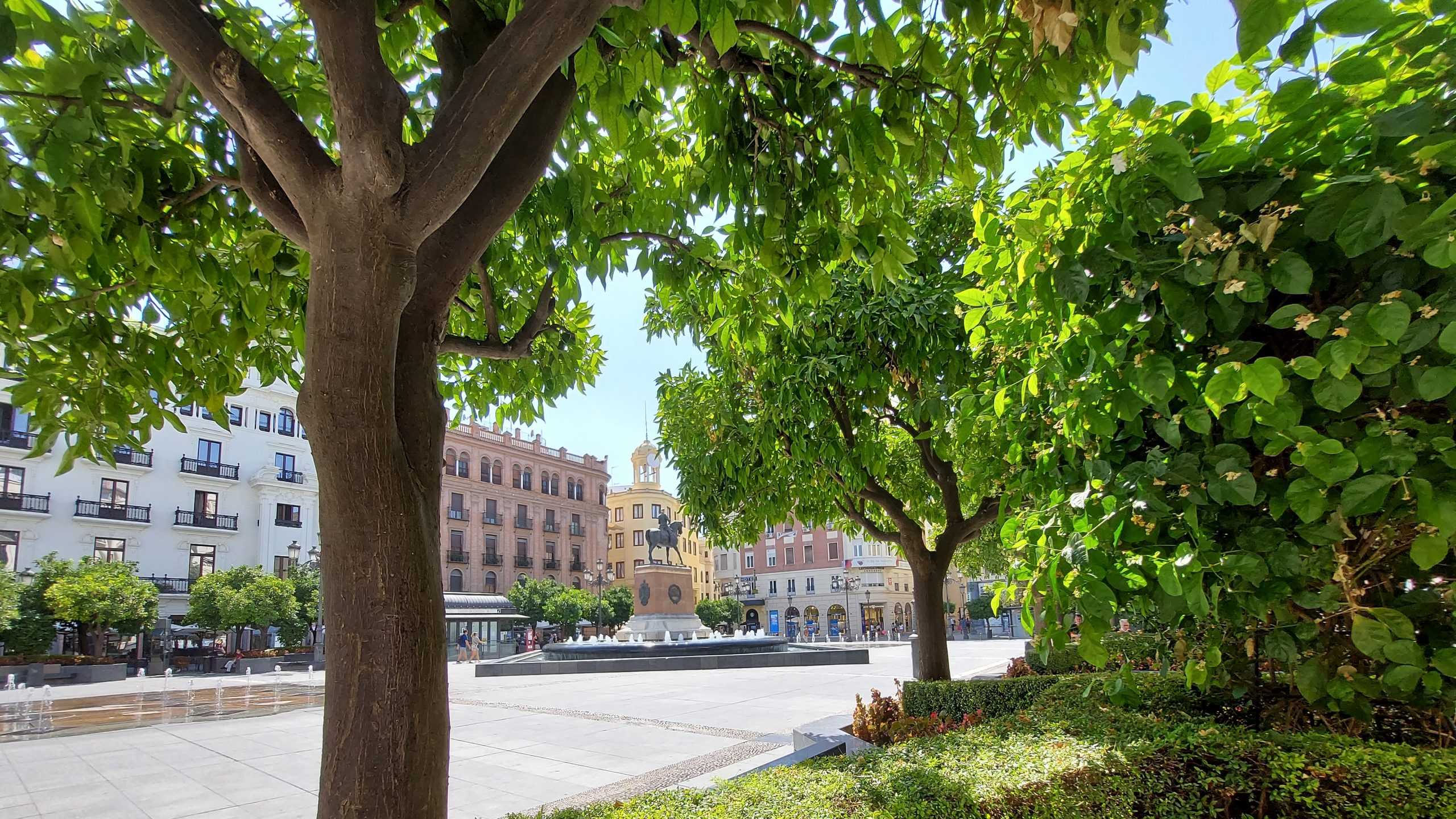
The fountain of the Tendillas square was created in 1970 in the shape of a U. In 1980 the gardens around it were added and in 1999 a complete remodeling of the square was completed. In that remodeling the fountain was replaced by a new one formed by an interior base of black marble, serving as support for the equestrian sculpture of the Gran Capitán.
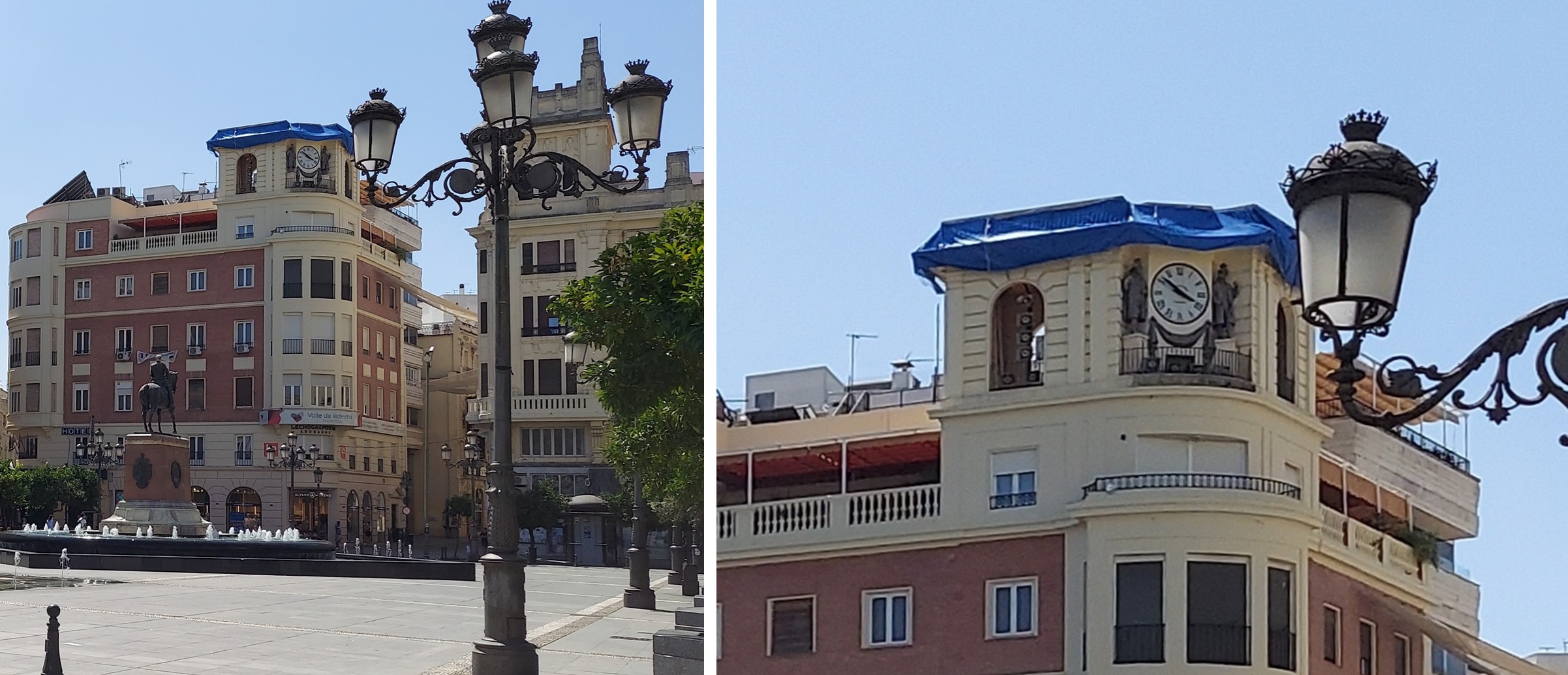
Another characteristic element of the Plaza de las Tendillas is its clock, which was inaugurated in 1961. The clock has the peculiarity that, Its chime replaces the usual bells with soleares chords, recorded by the flamenco guitarist Juanito Serrano. The clock welcomes the new year every December 31 in front of thousands of Cordobeses who gather in the square to celebrate it.
Resources:
- https://www.artencordoba.com/plaza-tendillas-cordoba/
- https://es.wikipedia.org/wiki/Plaza_de_las_Tendillas
- https://www.turismodecordoba.org/fuente-de-la-plaza-de-las-tendillas
- https://www.disfrutacordoba.com/plaza-tendillas

